Here’s what the Lyric poetry form is:
Lyric poetry is one of the oldest forms of literature.
Aristotle originally categorized lyric poetry into three groups: dramatic, epic, and lyric.
While lyric poems have an interesting overlap with song verses or lyrics, they are not necessarily meant to be sung.
So if you want to learn all about the Lyric poetry type, then you’ve come to the right place.
Keep scrolling down!
- Schuttelreim Poetry Form: Be a Master in Rhymes
- Diminishing Verse Poetry Form: Spark Fun Verses
- Chant Poetry Form: Harness Your Inner Strength
- Occasional Poetry Form: Honor Life’s Milestones
- Rhymed Poetry Form: Master the Art of Harmony
- Formal Poetry Form: Polish Precision in Poetry
- Metered Poetry Form: Paint Words With Precision
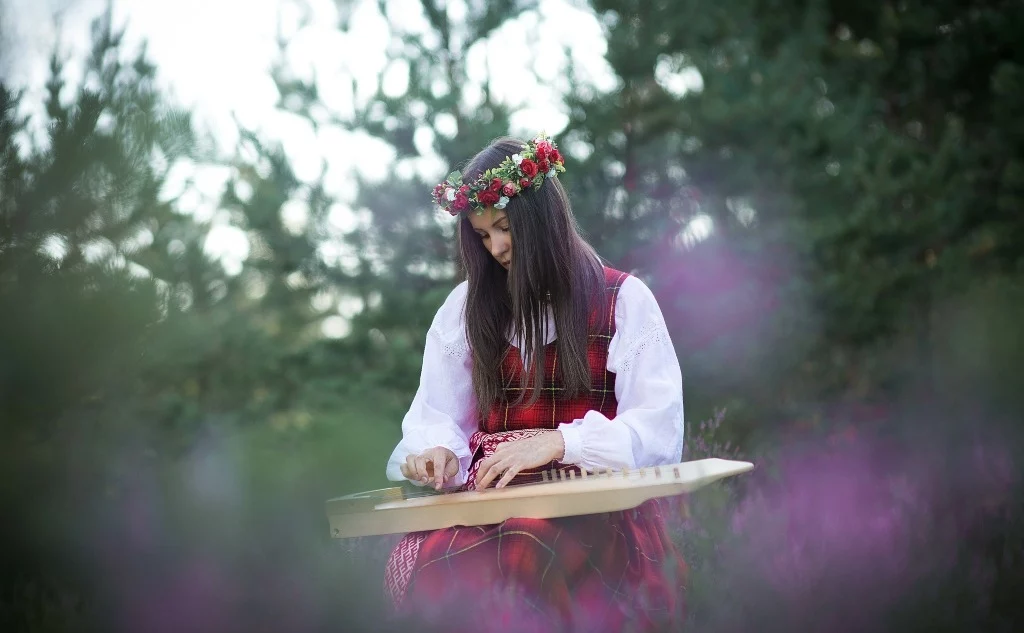
Forms of Poetry: Lyric Poetry

Lyric poetry is one of the oldest forms of literature but was first categorized by Aristotle’s division of poetry into three groups; dramatic, epic, and lyric.
Lyric poems are a branch of poetry that exists in an interesting space between music and poetry, both in terms of structure and in terms of the history of the form.
Modern lyric poems are often written as rhythmic soliloquies about the speaker’s personal emotions.
But they are not to be composed with song lyrics.
While lyric poetry is written to please the ear, it is not necessarily meant to be sung.
Songs and lyric poems are branches of the same traditions though, so it’s only natural that there’s a great degree of overlap in the techniques employed.
Basic Properties of Lyric Poetry

| Rhyme Structure | None |
| Meter | Yes but can vary widely |
| Origin | Ancient Greece |
| Popularity | Dominant form during the 17th century |
| Theme | Varies |
How Are Lyric Poems Structured?
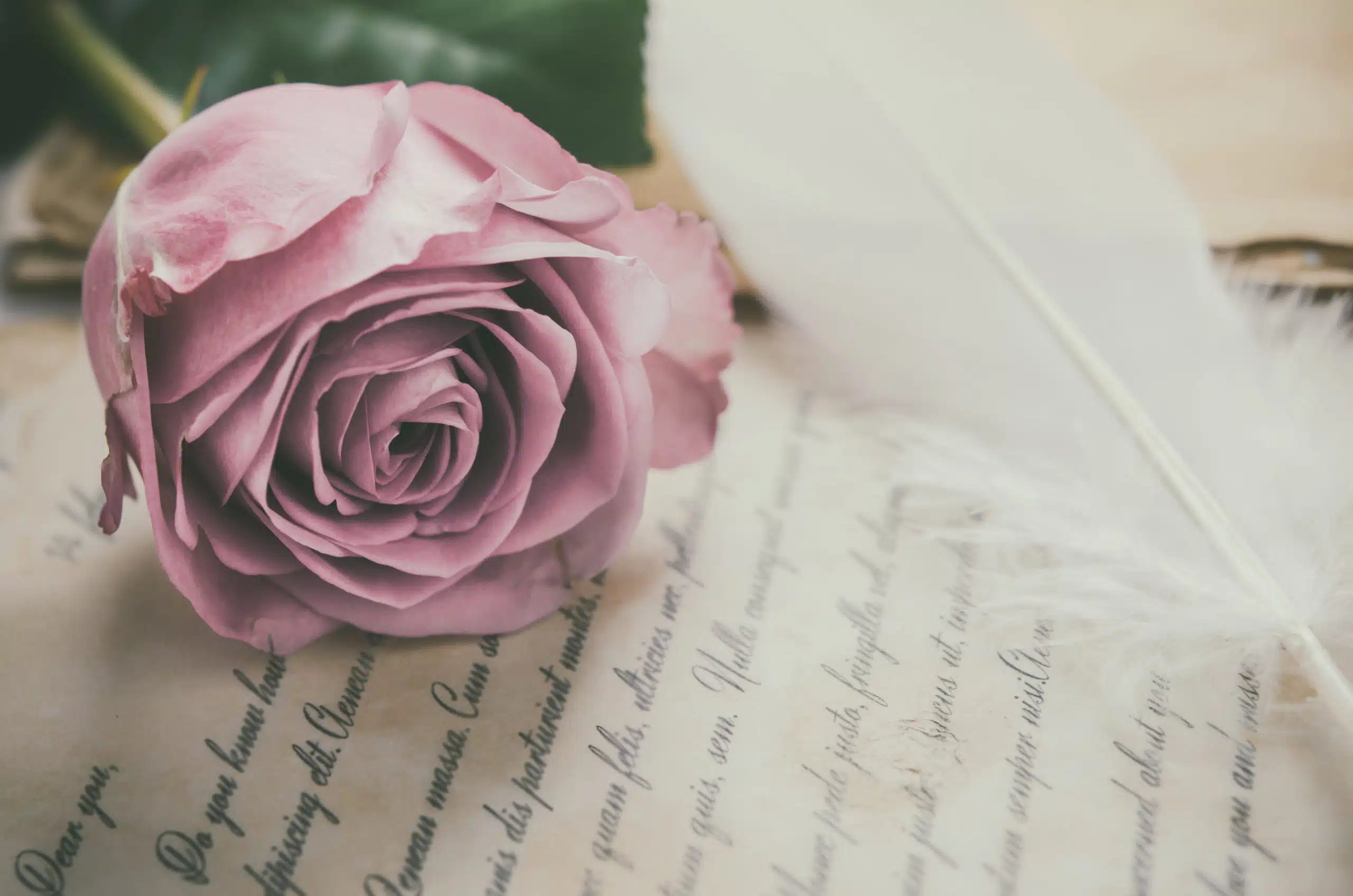
This is a tricky question in that lyric poems do not have a set structure in the modern concept.
The idea of “lyric” is focused more on the musical quality of the poem, as something meant to be pleasant to the ear than it is to anyone’s formal structure.
Regardless, lyric poems usually have a meter.
This can vary wildly and there is no established meter that fits lyric poetry.
But because of the genre’s shared history with music a poem specifically intended to be a lyric poem will almost always have a set rhyme scheme established by the writer.
Lyric poems vary wildly in the implementation of the rhythm, often opting to use phonetic techniques such as alliteration, assonance, and refrains to enhance the pseudo-musical qualities of the writing.
A good lyric poem will sound musical to the ear even when it’s spoken normally.
While this is an unsatisfying and rather subjective definition, this is the problem with especially broad categories.
Lyric poems do not tie themselves to any one technique or methodology, and as such it’s difficult to pin down exactly what makes a lyric poem a lyric poem on a technical level.
Instead, most poets would argue that it’s the theming, the general tone, and the poem’s ability to elicit a rhythm response in the listener that defines a lyric poem.
Example of a Lyric Poem
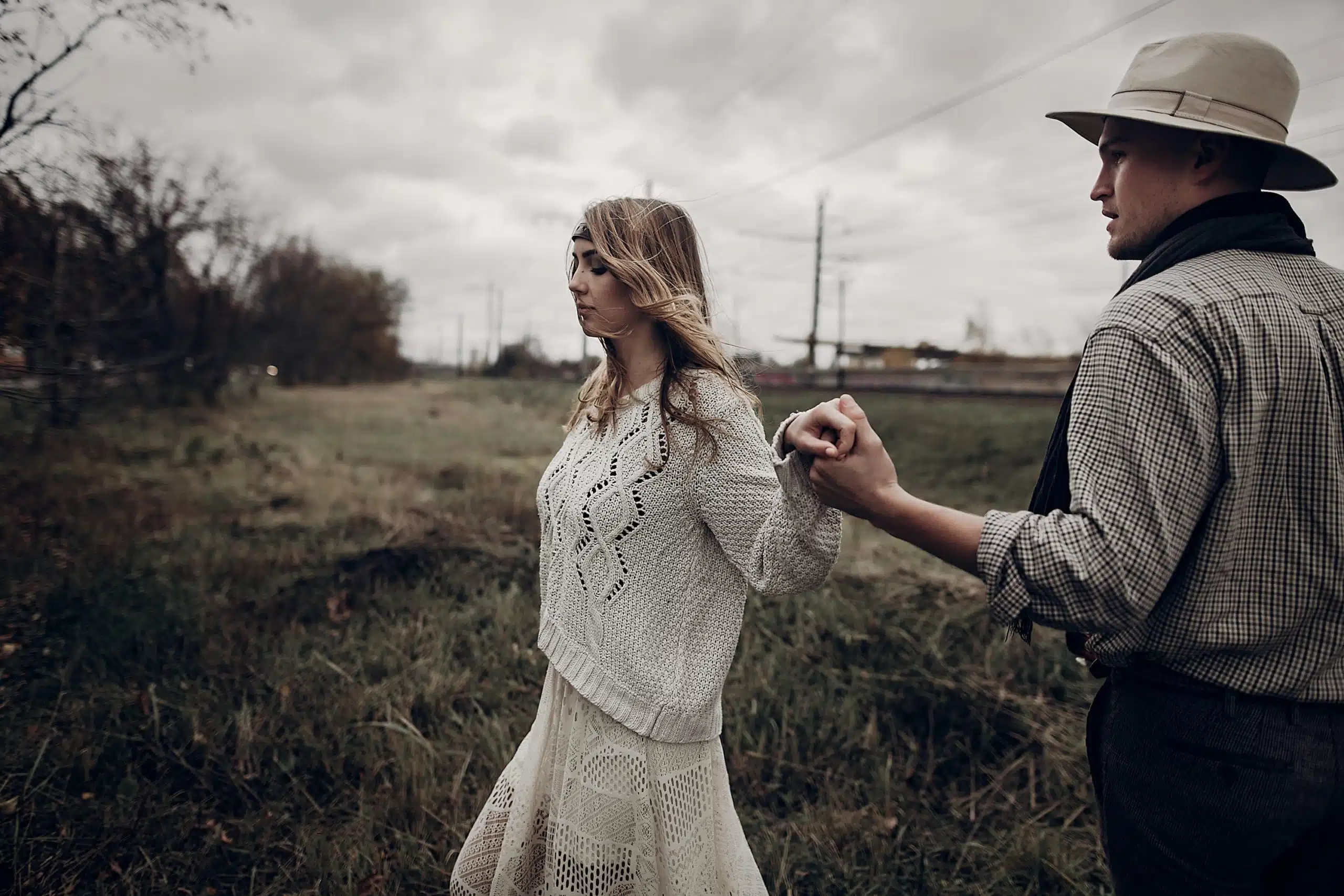
If I Could Tell You by W.H. Auden
Time will say nothing but I told you so,
Time only knows the price we have to pay;
If I could tell you I would let you know.
If we should weep when clowns put on their show,
If we should stumble when musicians play,
Time will say nothing but I told you so.
There are no fortunes to be told, although,
Because I love you more than I can say,
If I could tell you I would let you know.
The winds must come from somewhere when they blow,
There must be reasons why the leaves decay;
Time will say nothing but I told you so.
Perhaps the roses really want to grow,
The vision seriously intends to stay;
If I could tell you I would let you know.
Suppose all the lions get up and go,
And all the brooks and soldiers run away;
Will Time say nothing but I told you so?
If I could tell you I would let you know.
The above poem, by W.H. Auden, is a villanelle.
Villanelles, by their very nature, are one of the best forms to showcase a lyric style. Note the lines that repeat at the ends of the stanzas.
This makes those lines stand out as important to the overall message and allows the poem to have a rhythm that goes beyond just the meter.
Additionally, villanelles feature only two end sounds in their rhyme scheme.
This combination of repeated end sounds and repeated lines lends villanelles a natural musical quality that ties them inescapably to the larger blanket term of lyric poetry.
While these refrains and rhymes are mandatory in a villanelle, many poems written to be lyric poems will reflect similar decisions.
This does mean that concessions will sometimes have to be made with the word choices, in order to make it work, but if pleasing the ear is one of the priorities of the poem then it may be worth the effort.
History of Lyric Poetry
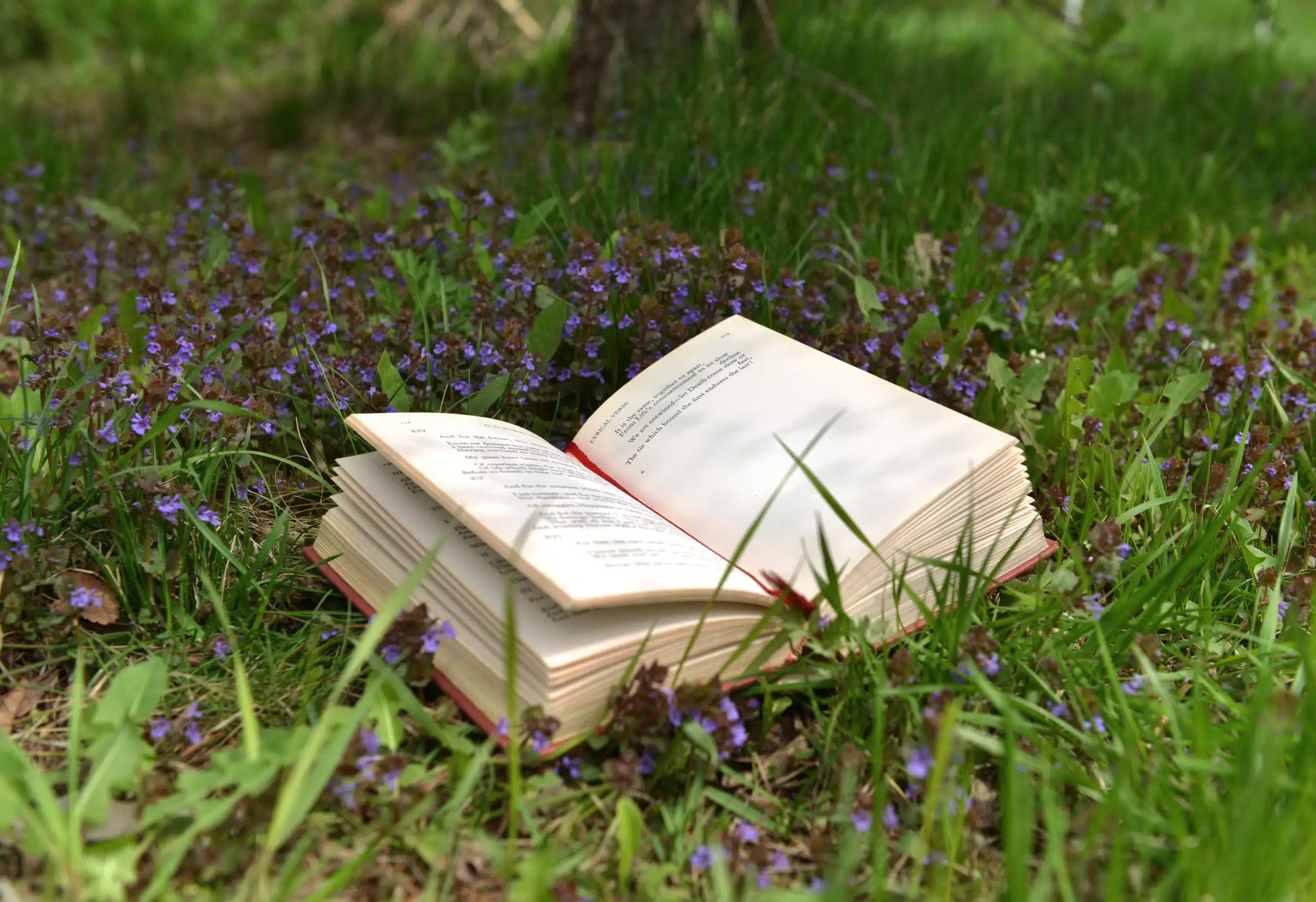
The idea of a lyric poem in ancient Greece was drastically different from what we familiarize ourselves with now.
This was verse specifically intended to be accompanied by an instrument, most commonly a string instrument called a lyre, and was meant to be sung.
Lyric poems in the Greek tradition were essentially songs with a strict emphasis on how the lyrics themselves were written.
Rome imitated the meters of Greek poetry but interestingly did not copy the method of performance.
Lyric poems of Rome were still metrical poems meant to be read orally, but they were often spoken rather than sung.
This period of history is most likely the moment that lyric poems and songs started to separate from each other in the west, becoming more distinguishable from each other than before.
Scholars of the Middle Ages and Renaissance generally understood lyric poems to be any poems that could potentially be set to music.
This definition still largely persists today and many people understandably equate lyric poems to song lyrics, arguing that there is no functional difference between the two other than the method of performance.
From the era of Shakespeare onward, lyric poetry only became more ambiguous in its definition.
The term, for most of the last few centuries, has been largely a synonym for metered or metrical verse.
Lyric poems are still distinguishable from the term ‘formal poetry’ in the sense that a poem with a set meter may not necessarily be written to match a pre-established form in any other way.
Where the divide would be made between metric verse and lyric poetry is more of a gray area, though.
Those who argue that the terms are and should remain separate in nature generally point to the rich traditions and history associated with the term itself.
A metric poem might be written to purposely sound like natural speech, whereas a lyric poem is overtly concerned with whether the poem will be pleasant to the ear.
Tips for Writing Lyric Poems
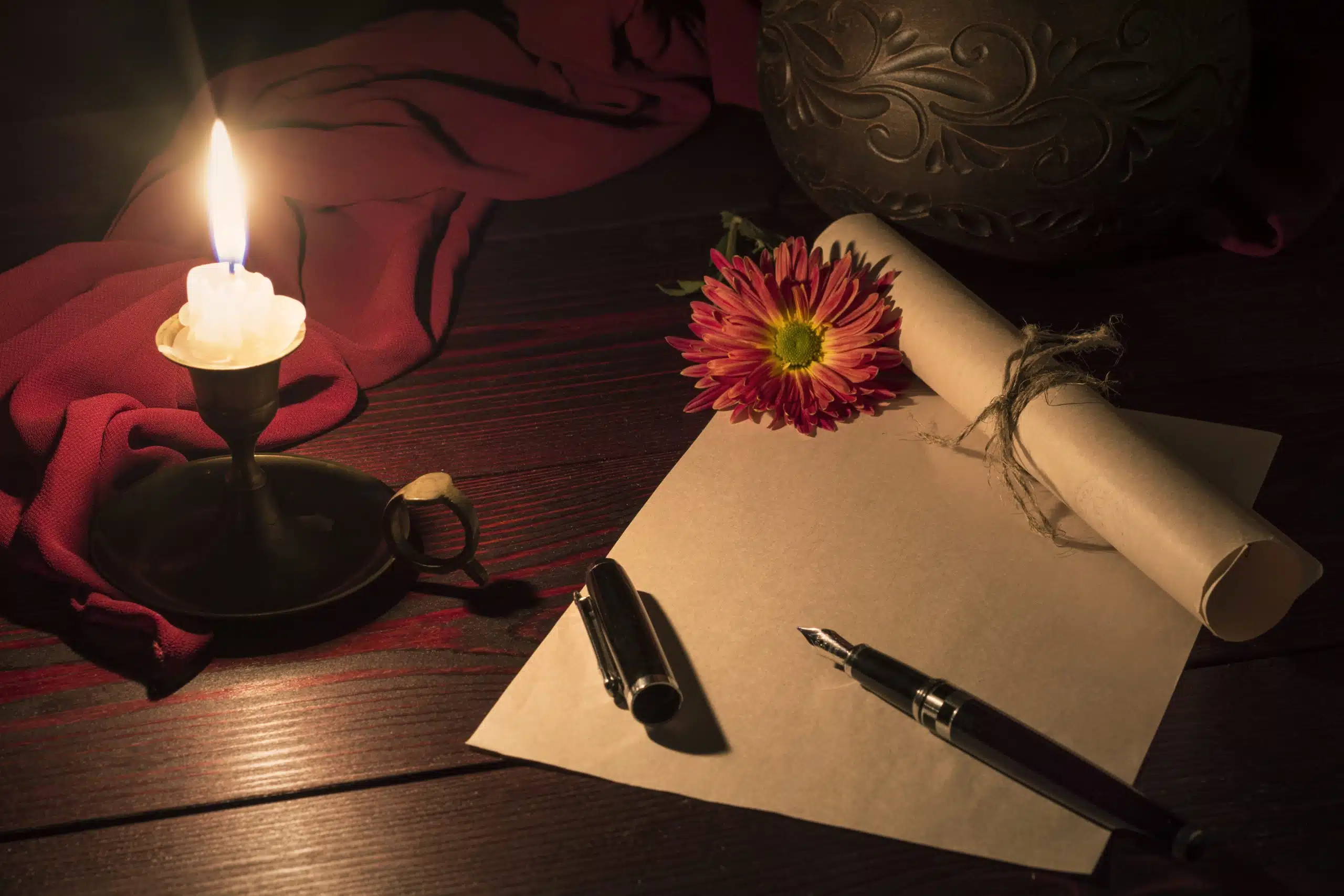
At the risk of sounding sacrilegious to many lyric poets, the best advice you can get for writing lyric poetry is to study the most basic principles of writing song lyrics.
Lyric poetry, far more than other genres, relies on a toolkit that is far more closely tied to music than most other poems.
While you don’t necessarily need to know how to read sheet music, understanding the purpose and appeal of things like repetition and imagery and how they are incorporated into song will further your understanding of how the same techniques can be applied to poetry.
Crucially, you also need a firm grasp of the meter, as well as what exactly the meter brings to the table.
Without a meter, your poem will struggle to have a natural beat that presents itself readily to the reader.
Rhyme schemes can help to imitate a rhythm, but they will not be sufficient to capture the feeling of a poem that was purposely written so that every syllable would match a pattern.
The general premise behind lyrics, both poetic and musical, is that humans enjoy carefully structured sounds.
Each beat carries its own natural feeling across to the listener.
Iambic meter tends to feel direct and right to the point, while Trochaic meter tends to sound more reflective because of the way the unstressed syllables trail off into the next line.
An Anapestic poem might sound complex and moody, with less impact on the ear.

Learning the differences in meter and deciphering what they add to your toolkit will make a noticeable difference in the quality of your work.
For your first lyric poems, it’s perfectly acceptable to simply choose a meter and write in it.
See what worked and what didn’t.
Compare the tone when you read it aloud to the feeling you were going for.
While the definitions of lyric poems are significantly less concrete than those of more specific forms, a trained ear will intuitively know the difference between a poem that was written for the ear and one that wasn’t.
It will take time to build those instincts but be patient and studious.
Remember that what we call ‘talent’ is only the accumulation of effort over time. Your ears will attune themselves to the work with practice.
Poet’s Note

Once you know that the word “lyric” comes from the string instrument called the “lyre” you’ll never be able to get the image of poets reciting their works alongside string instrumentals out of your head.
Comprehensive Collection of Poetry Forms: Craft Words Into Art

Dare to traverse the entire spectrum of poetic forms, from the commonplace to the extraordinary?
Venture from the quintessential Sonnet to the elusive Mistress Bradstreet stanza, right through to the daunting complexity of Cro Cumaisc Etir Casbairdni Ocus Lethrannaigecht.
For those with a zeal to encounter the full breadth of poetry’s forms, this invitation is yours.
Start exploring the vast universe of poetic ingenuity with our comprehensive array of poetry forms right now!
- Schuttelreim Poetry Form: Be a Master in Rhymes
- Diminishing Verse Poetry Form: Spark Fun Verses
- Chant Poetry Form: Harness Your Inner Strength
- Occasional Poetry Form: Honor Life’s Milestones
- Rhymed Poetry Form: Master the Art of Harmony
- Formal Poetry Form: Polish Precision in Poetry
- Metered Poetry Form: Paint Words With Precision
